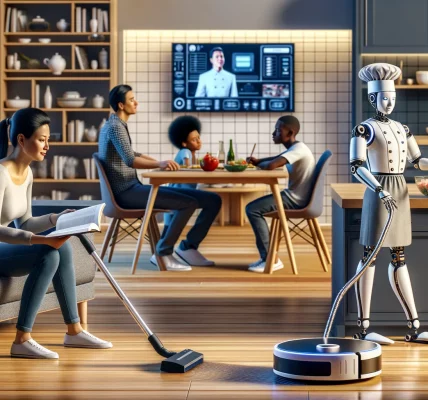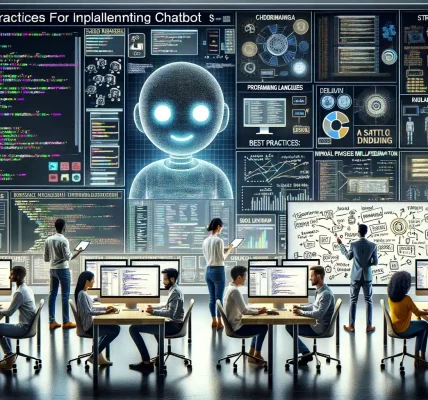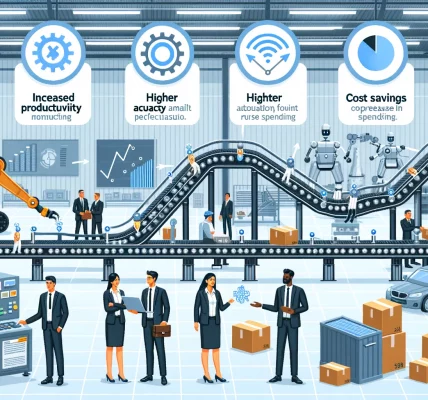Introduction to Blockchain Technology
Picture this: an indestructible digital ledger that acts like a trustworthy friend who never forgets, never lies, and always shows its work. That’s blockchain technology in a nutshell. Though it gained fame as the backbone of cryptocurrencies like Bitcoin, blockchain’s potential stretches far beyond digital coins and tokens. It’s like discovering your smartphone can also be a camera, calculator, notebook, and so much more.
What is Blockchain, Really?
At its core, a blockchain is a chain of digital “blocks” that store data. Each block is connected to the next with a unique fingerprint called a hash, creating a tamper-proof sequence. Imagine writing a diary where every page locks itself once filled, and any attempt to change a word sets off alarms across all other pages. No sneaky edits allowed!
- The magic? Blockchain operates on a decentralized network, meaning no single entity owns or controls it.
- Every transaction is verified by multiple “validators,” making fraud nearly impossible.
- It also adds transparency, with records visible across the network for all stakeholders.
Now, think about this: what if blockchains powered secure medical records, fair elections, or even climate change solutions? The opportunities feel boundless—and we’ve only scratched the surface. Let’s dive deeper into where this technology is heading!
Applications of Blockchain in Various Industries
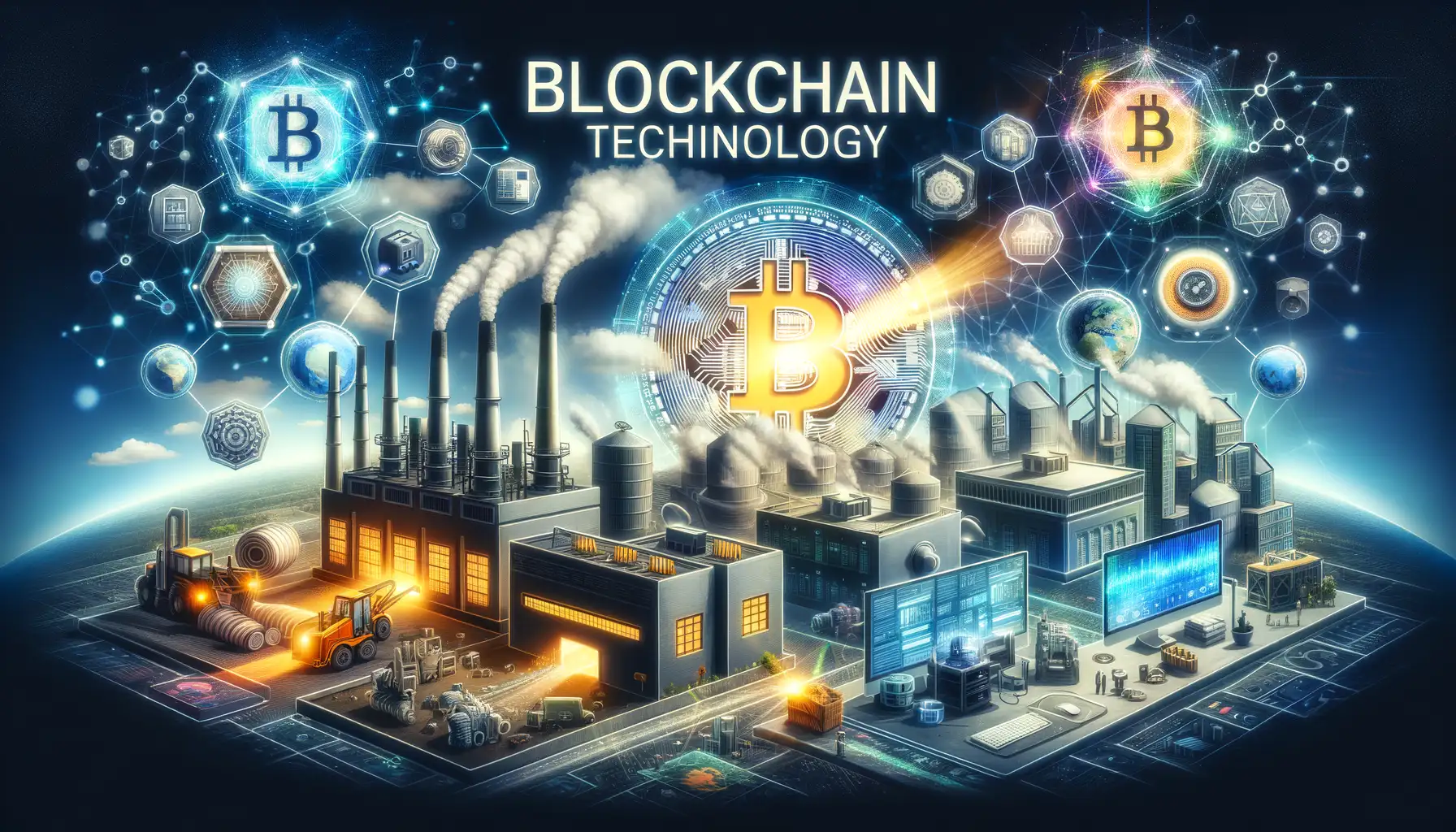
Revolutionizing Supply Chains and Healthcare
Picture this: a simple mango in your supermarket could tell you its life story—from where it was grown to when it was harvested—all thanks to blockchain’s transparency. In industries like supply chain management, blockchain acts like a supercharged magnifying glass, tracking every movement of goods. This isn’t just cool; it’s revolutionizing food safety, reducing fraud, and even helping businesses save money.
On the other hand, imagine going to the hospital and not filling out endless forms because your medical history is securely stored on a blockchain. That’s not science fiction; it’s changing the game for healthcare. Blockchain ensures patient data is accessible, secure, and tamper-proof, giving control back to people where it belongs.
- Real-time tracking of product origins and journeys
- Enhanced security for sensitive patient records
- Trustworthy verification for pharmaceuticals
Transforming Finance and Entertainment
Let’s face it: the traditional financial system isn’t exactly flawless. Enter blockchain-powered smart contracts, which are cutting out middlemen left and right. In finance, this technology enables faster, cheaper cross-border payments and even democratizes access to loans for underbanked communities. It’s like handing over a key to a previously locked treasure chest.
Now, flip to entertainment. Think about artists finally getting their fair dues when their music or artwork is sold. Blockchain is creating a shift where creators directly sell their work using non-fungible tokens (NFTs). Royalties flow automatically, no shady accounting required. It’s empowerment in its truest form!
Benefits and Challenges of Using Blockchain
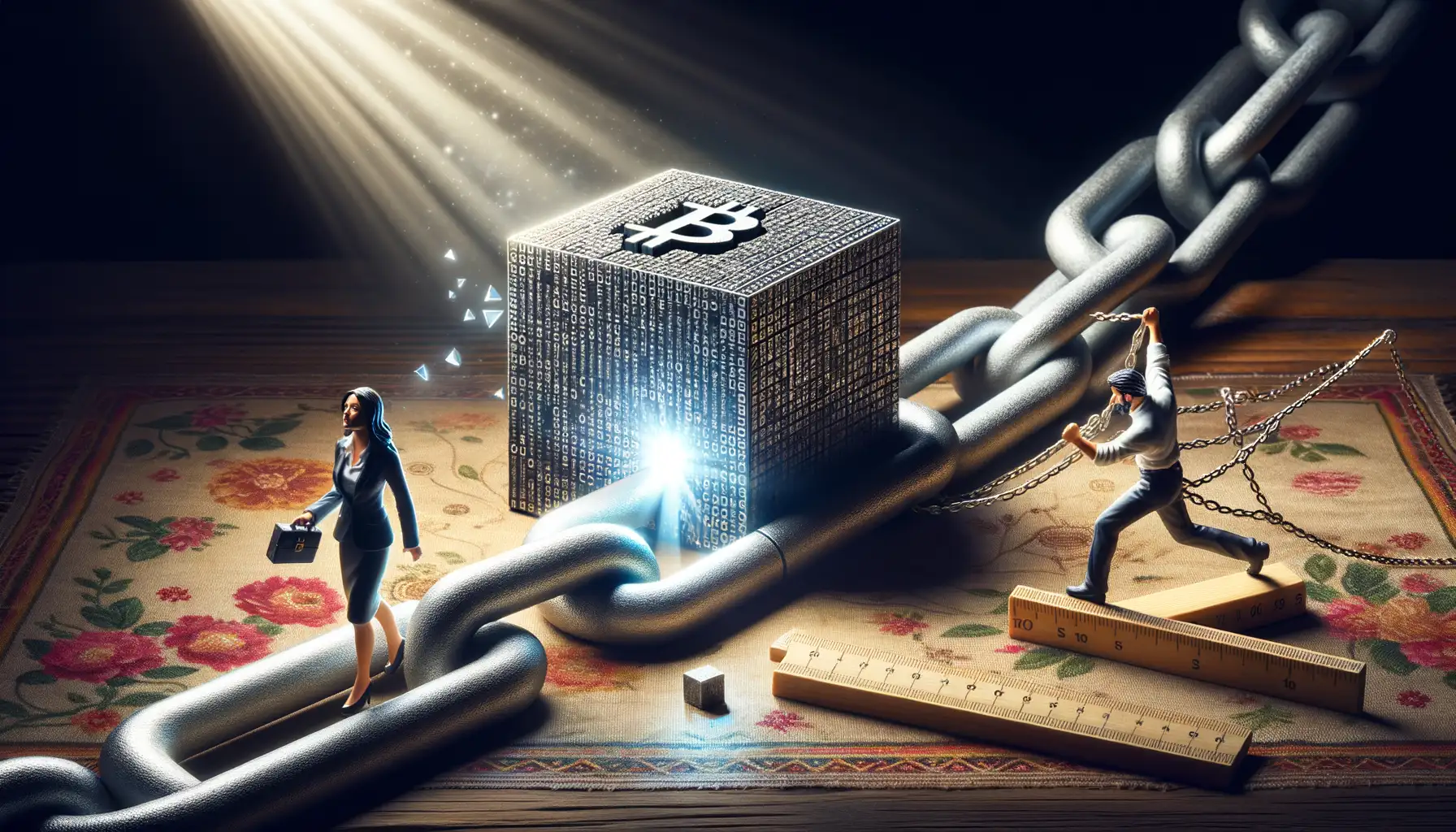
Why Blockchain Feels Like a Double-Edged Sword
Let’s start with why blockchain is causing such a stir. The benefits? Oh, they’re not just nice-to-haves—they’re game-changers. Imagine an unhackable digital vault that stores data forever. That’s the level of security blockchain offers. No middlemen, no prying eyes, just a transparent and decentralized system that keeps transactions honest. Picture this: you’re sending money to a friend overseas. Instead of waiting days and paying hefty fees to banks, a blockchain transaction wraps it up in minutes with barely any cost.
But let’s not sugarcoat it—blockchain has its quirks. Scaling is one of them. While the technology shines when handling smaller operations, throw in thousands (or millions!) of transactions, and suddenly, things slow down like rush-hour traffic. And don’t even get me started on energy consumption. All those miners validating blocks? They’re guzzling electricity faster than a data center gone wild.
- Pro: Tamper-proof records create unparalleled trust.
- Con: Adoption costs can scare off small businesses.
The truth is, blockchain isn’t perfect—and that’s okay. Complex innovation never is; that’s what makes it thrilling. It’s a puzzle, waiting for the right minds to solve.
Real-World Examples of Blockchain Implementation
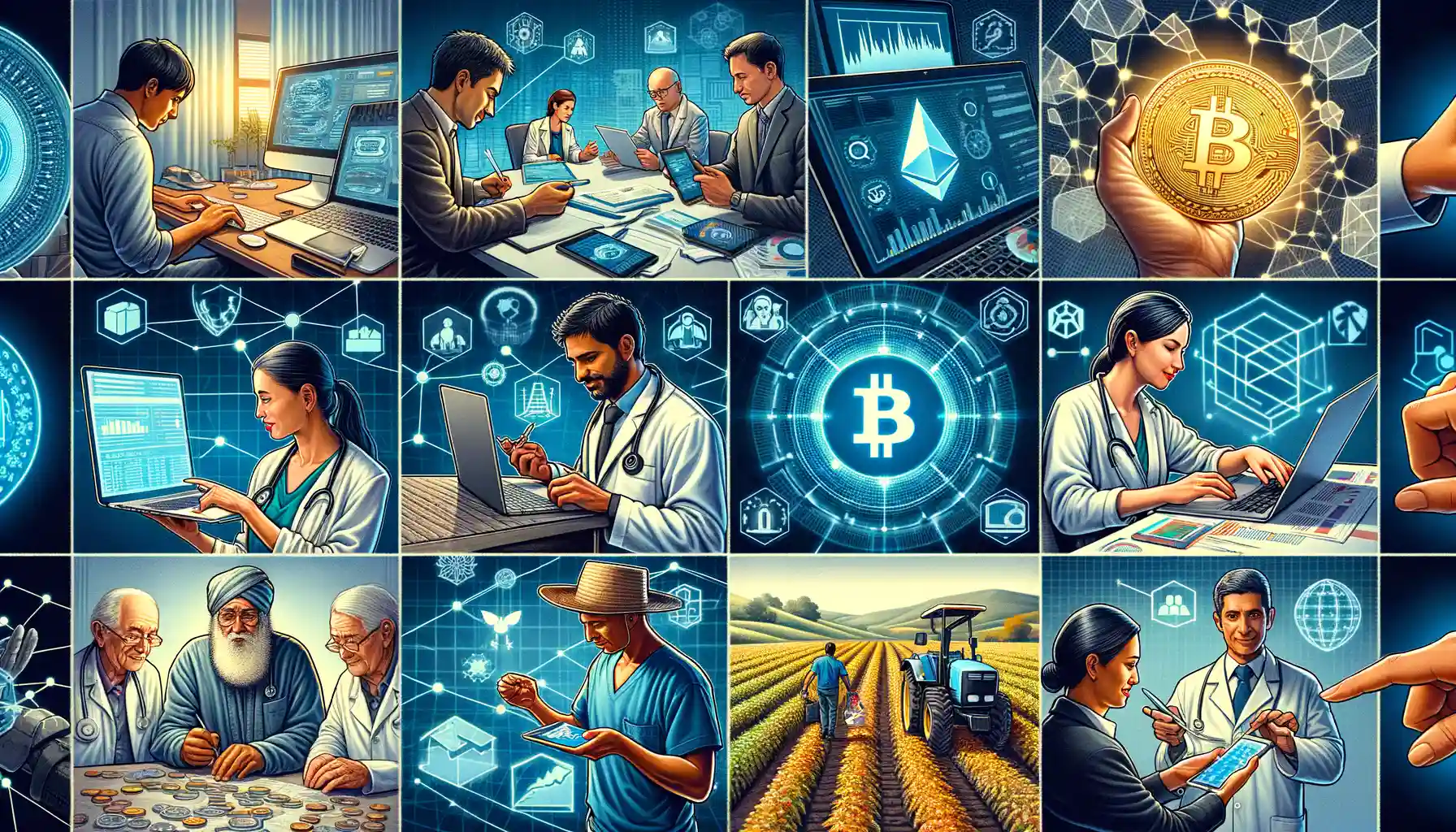
How Blockchain Transforms Everyday Life
Picture this: You’re at the grocery store, scanning a package of organic coffee. Ever wonder if it’s truly “organic”? With blockchain, this isn’t guesswork anymore. Companies like IBM Food Trust are using blockchain to trace food from farm to shelf. Each step is recorded and shared transparently, ensuring the coffee in your cart is exactly what it claims to be.
But it doesn’t stop there. Let’s talk about voting – a cornerstone of democracy that often suffers from inefficiencies and trust issues. Enter blockchain-based voting systems like those used in West Virginia during their pilot program. Imagine casting your vote on a secure digital platform, knowing it’s tamper-proof and entirely transparent. That’s not futuristic; it’s happening now.
- Healthcare: MedicalChain enables secure, shareable medical records, putting control back in patients’ hands.
- Real Estate: Propy is redefining property transactions by digitizing and automating the buying process globally.
- Supply Chains: Walmart partnered with blockchain to cut down tracking of contaminated produce from weeks to seconds.
Blockchain is no longer just tech for geeks; it’s a silent powerhouse reshaping industries we interact with every day.
Future Potential and Innovations in Blockchain Technology

The Next Frontier of Trust and Transparency
Imagine a world where contracts execute themselves, medical records are untouchable, and global supply chains are as transparent as crystal-clear water. That’s not sci-fi—it’s the evolving power of blockchain technology. This isn’t just about cryptocurrencies anymore; it’s about rethinking how we trust, share, and innovate.
Take smart contracts, for instance. These digital agreements automatically enforce terms once conditions are met. Say goodbye to waiting on middlemen or chasing down paperwork! Companies like Ethereum are leading this charge, enabling trustless interactions that could transform how we conduct business, big or small.
But blockchain dreams go beyond contracts. Picture a decentralized web—often called Web 3.0—where user data isn’t hoarded by tech giants but owned by individuals like you. Your photos, your posts, your online identity—kept safe and under your control.
- Healthcare: Imagine tamper-proof patient records that doctors worldwide can instantly verify.
- Supply Chain: Track your food—or even diamonds!—through every step of its journey.
- Identity Verification: Fraud-proof systems that make losing your ID a thing of the past.
Unlocking New Possibilities with Creativity
What’s most exciting? Blockchain thrives when paired with other cutting-edge tech. Blend it with AI, and you’ve got predictive marketplaces. Pair it with IoT, and household gadgets can exchange data securely without snooping eyes.
The potential feels endless. Who knows? Maybe your future fridge will call the store for eggs—and ensure payment happens via a secure blockchain network. Or perhaps, artists worldwide can share their work without worrying about piracy, thanks to NFT-backed copyright tools.
The innovations aren’t just cool—they’re revolutionary. With blockchain, we’re not just tweaking old systems; we’re tearing them down to build something entirely fresh.

